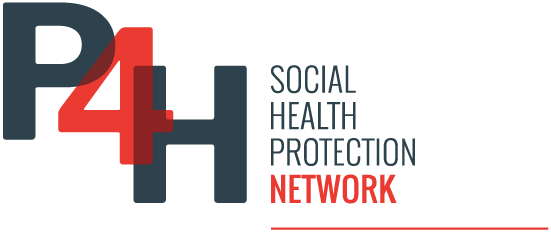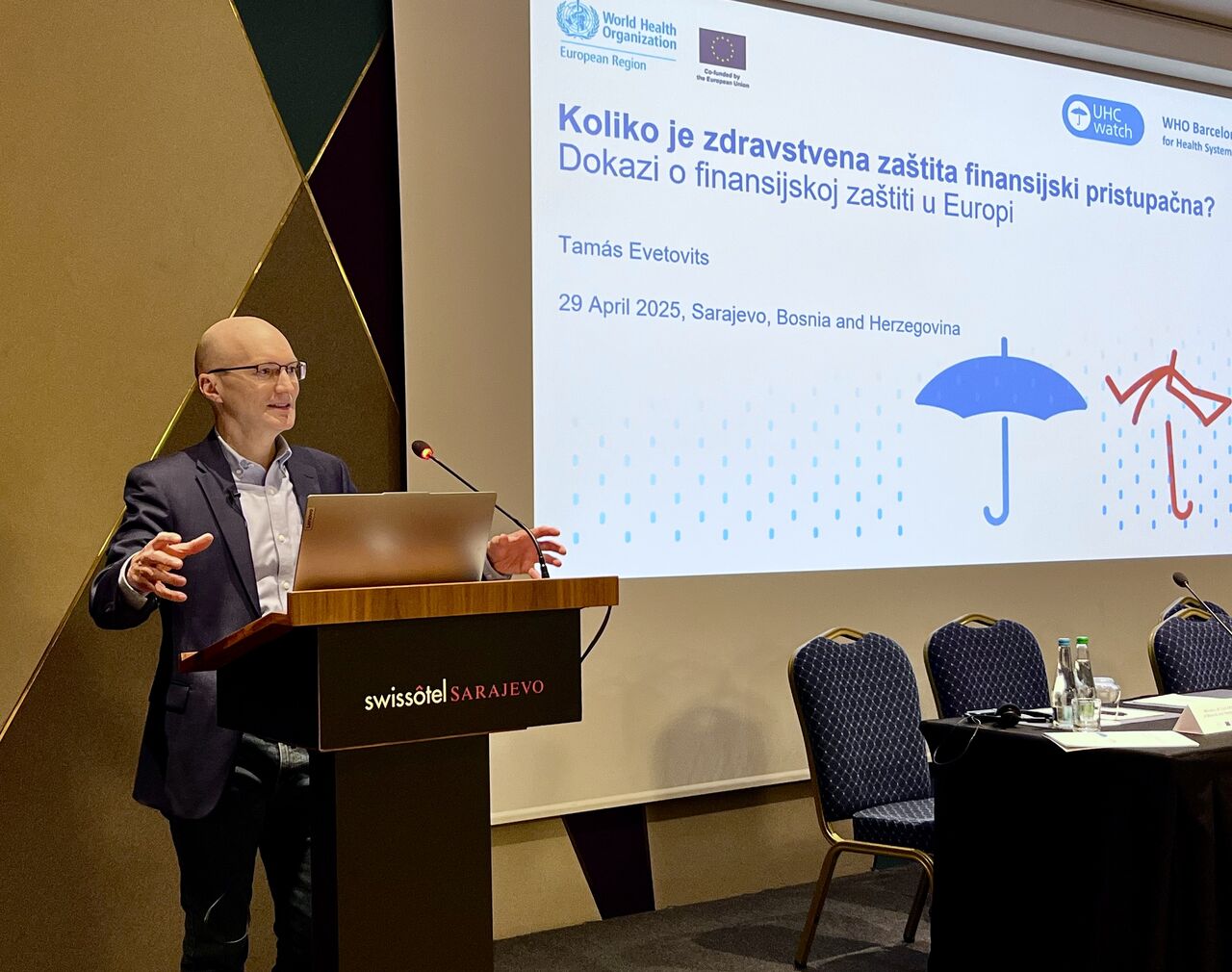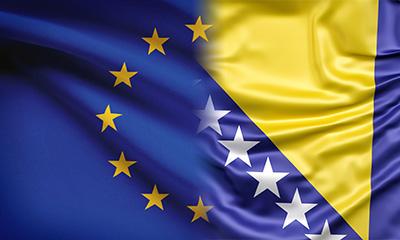Bosnia and Herzegovina is an upper-middle-income country in the western Balkan Peninsula of Europe with a population of 3.2 million people and life expectancy of 75 years. Bosnia and Herzegovina has a complex governance and administrative structure, consisting of two political entities, the Federation of Bosnia and Herzegovina (FBiH) and the Republika Srpska (Serbian Republic), and the autonomous Brčko District. All three have their constitutions and governments, and are politically, administratively, and fiscally autonomous.
The FBiH consists of ten federal units (cantons), and 79 municipalities, and the Serbian Republic has seven administrative (non-autonomous) regions and 63 municipalities.[1] As a reflection of its political and administrative system, the country has complex health systems, with 13 health insurance funds and 14 ministries in charge of health. Most health facilities in FBiH are established and owned by the cantons. The entity-level Ministry of Healthcare (MOH) in FBiH has a coordination role in policy setting and implementation, and cantonal MOHs are primarily responsible for the design and delivery of health care insurance and health care services. The Republika Srpska’s health sector has a more unitary character, with a single, central MOH owning hospitals, and municipalities owning primary care facilities. The health insurance funds are semi-autonomous institutions that are the main purchasers of health services. The two entities and the district each have distinct laws on health care and on health insurance.[2]
About two-thirds (68.3% in 2021) of health spending is publicly funded, which is lower than the EU average (76.5%), and about one-third (30.7% in 2021) constitutes private expenditure (conversely, this is higher than the EU average of 23.5%). Social health insurance contributions constitute the largest source of public funding for health (56% of total current health expenditure), complemented by government transfers (12.3% in 2021).[3] However, only one-third of the insured people are formally employed, which is considered high reliance on insurance contributions. This, in turn, discourages formal employment[2] and negatively affects the financial sustainability of the health and social security systems.
The largest challenges of the health systems in Bosnia and Herzegovina are their fragmentation (particularly in the Federation of Bosnia and Herzegovina), lack of transparency and weak financial management structures, which lead to overspending and arrears of health care providers. Recent and current reforms to the health systems aim to strengthen primary care. Important progress has been made in establishing family medicine-centred primary health care in primary health care centres and by increasing the numbers of trained family medicine specialists .[2]
[1] The World Bank – Bosnia Health Project, Project Information Document (PID)
[2] European Observatory, Health systems in action: Bosnia and Herzegovina
[4] World Health Organization, Global Health Expenditure Database – Health Expenditure Profile – (choose Bosnia and Herzegovina)


